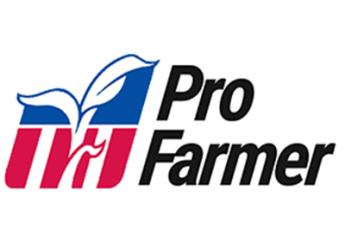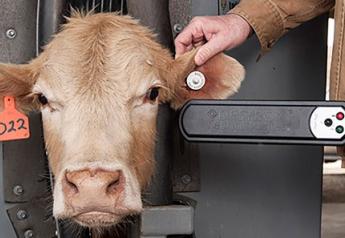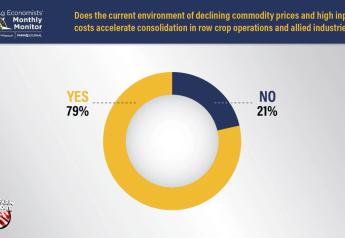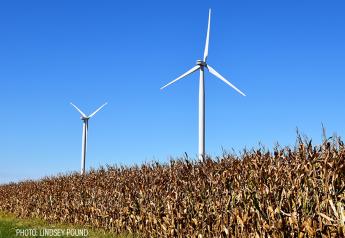Wildfire Battles Continue Over Weekend for Texas, Oklahoma
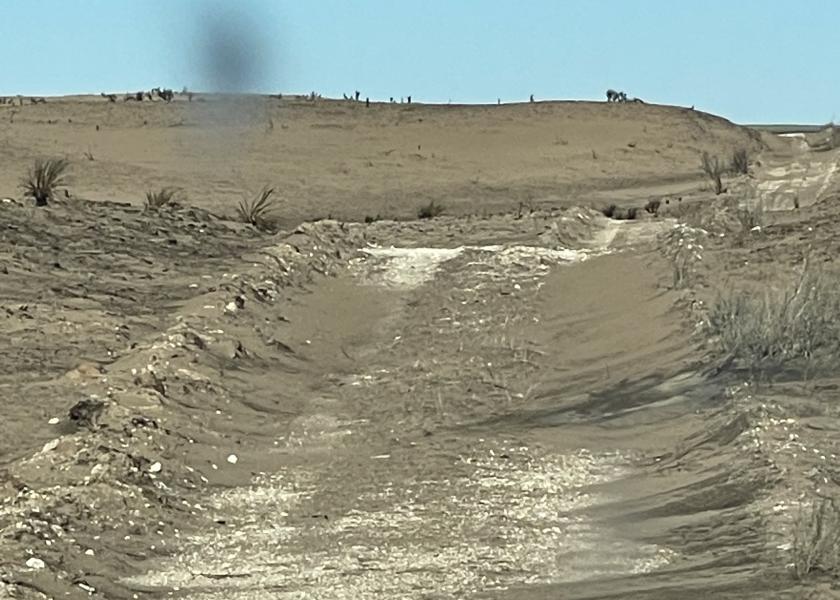
After burning for more than six days, the Smokehouse Creek Fire in the Texas Panhandle and western Oklahoma was only 15% contained Sunday morning, according to the Texas A&M Forest Service.
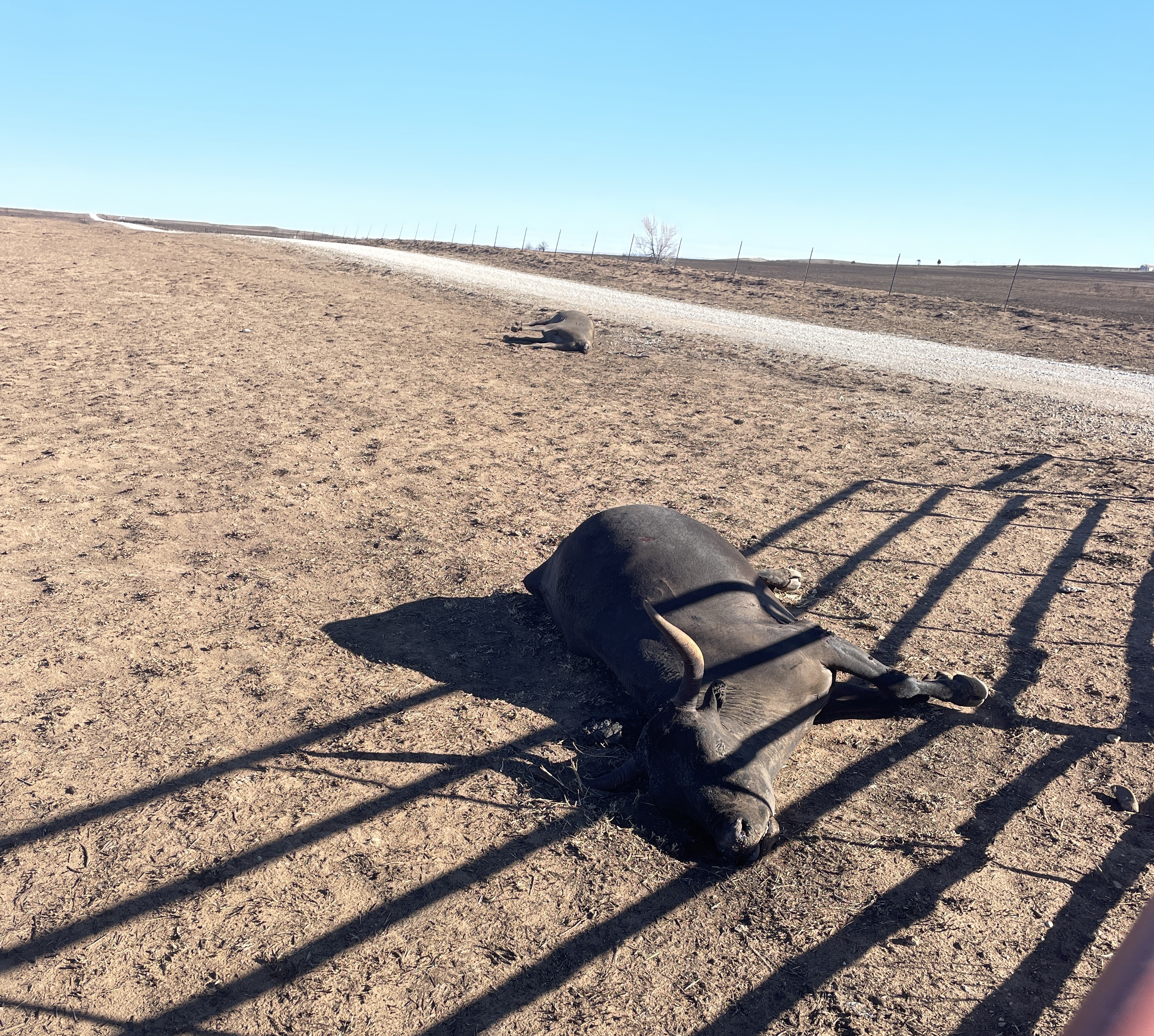
Now officially the largest wildfire in Texas history, the Smokehouse Creek Fire had burned 1.1 million acres. Texas Governor Greg Abbott said 400 to 500 structures had burned and livestock losses were in the thousands. He said he would be asking for federal assistance and he has declared 60 counties disaster areas.
Two people were confirmed dead as a result of the fire. An 83-year-old grandmother was discovered in the remains of her burned home, and an Amarillo woman in her 40s died when she exited her truck while driving in the city of Canadian.
The Windy Deuce Fire in Moore County, which covers more than 144,000 acres, was 55% contained on Sunday. The Grape Vine Creek fire, at 34,800 acres, was 60% contained. The Magenta Fire in Oldham County, spanning approximately 3,300 acres, was 85% contained. The 2,000-acre 687 Reamer Fire was 10% contained.
Much of the area burned in the Panhandle region is rolling sand hills and the Texas Department of Transporation is now preparing for blowing dust and that can drift onto roads forcing closure.
Oklahoma officials reported at least 14 fires were burning across more than 319,000 acres, much of that spillover from the Smokehouse Creek Fire. The National Weather Service issued a Flag warning—indicating dangerously dry and windy weather—until 9 p.m. Sunday for Oklahoma and the Texas Panhandle. A cold front was expected to move into the area on Monday and could bring some relief.
Additional information and resources are continually updated and available online at www.tscra.org/disaster-relief-fund.
The Oklahoma Cattlemen's Foundation Disaster Relief Fund here.
Related stories:
Smokehouse Creek Fire is Officially the Largest in Texas History
Wildfires Raging in Texas, Oklahoma Panhandle Region Threaten Residents and Livestock



